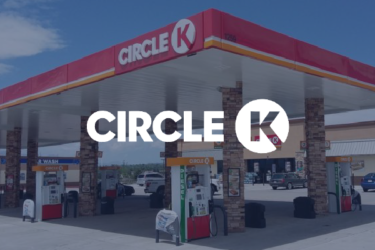Navigating toward finance and supply chain success at Helly Hansen



Industries
CPG
Solution
Supply ChainThe company wanted equally world-class finance and supply chain operations, but fragmentation held those teams back. “The processes that we had didn’t totally connect,” recalls Eli Molteberg Ensrud, Vice President of Planning, Finance, and Operations. As a result, annual budgeting took three to four months and the estimate process could only be done at specific intervals. Purchasing teams lacked timely forecasts, so overbuys—resulting in overstocks and cashflow management challenges—were apparent risks.
In response to these issues, Helly Hansen initiated an integrated business planning (IBP) project. Based on insight into best practices and Helly Hansen teams’ insight, they looked for technology to support their needs. One key requirement was to integrate with the existing business intelligence (BI) system, including its reports, data sources, and master data structures.
After learning of the Anaplan platform, Ensrud contacted Anaplan Gold Partner Vuealta who worked with the Helly Hansen team to create models and interfaces for finance, commercial, product, retail, and sourcing functions. This took Helly Hansen to the world of Connected Planning. “This project could not have been done without Vuealta,” Ensrud says. “They understand our business and are focused on the user friendliness of the solution.”
Within months of rollout, the benefits of the Anaplan platform were measurable:
This project could not have been done without Vuealta. They understand our business and are focused on the user friendliness of the solution.”
— Eli Molteberg Ensrud, Vice President of Planning, Finance, and Operations.
The new platform combines financial target-setting, demand forecasting, inventory planning, and other key processes that help steer Helly Hansen toward clearly defined, agreed-upon targets. Helly Hansen’s planning framework is built on a three-year horizon, so various functions are empowered to create their respective three-year plans. Because bottom-up and top-down plans are created on the same platform, planners can collaboratively spot variances and seasonal changes and dynamically adjust parameters. “We can drive the business forward instead of trying to find out what the business is doing,” Ensrud summarizes.
Because the Anaplan platform automates data collection and consolidation with the company’s existing systems, the finance team spends less time looking for data and more time analyzing it. “We have the information in front of us when we do our planning,” Ensrud explains.
Although the team at Helly Hansen is off to a fast start with Anaplan, they’re also navigating for the long haul. Ensrud says the path forward includes planning product and category ambitions based on the overall strategic direction and growth initiatives. “The teams are positive toward Anaplan,” she concludes. “We can see that it’s paying off.”



